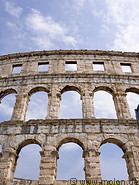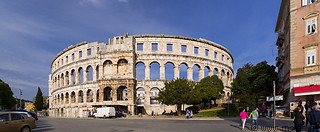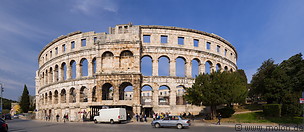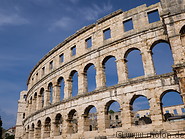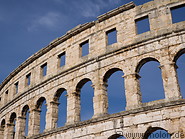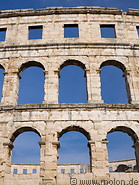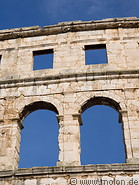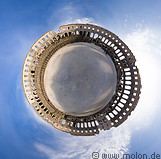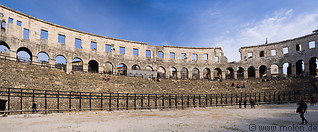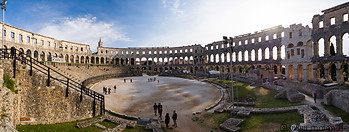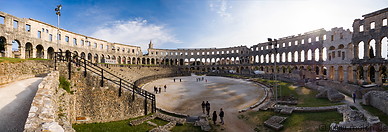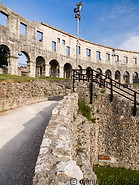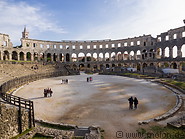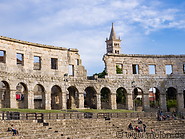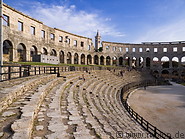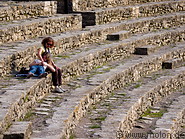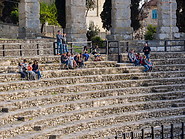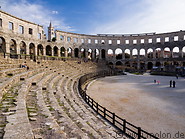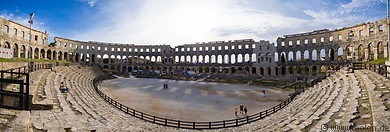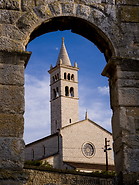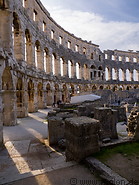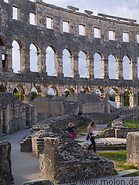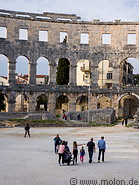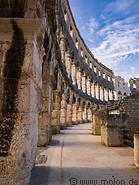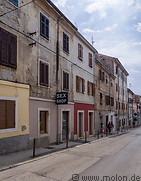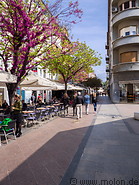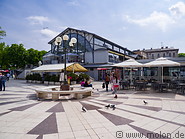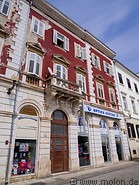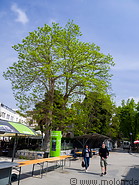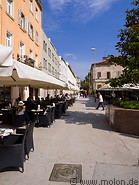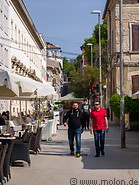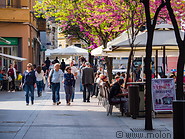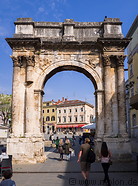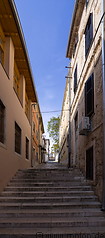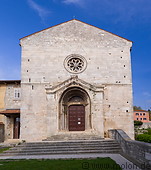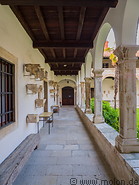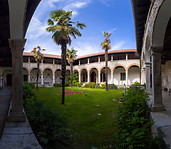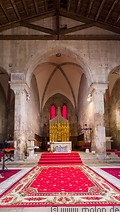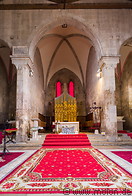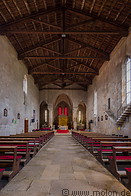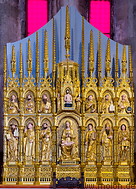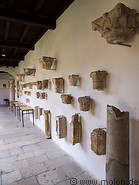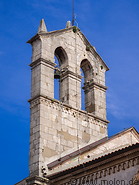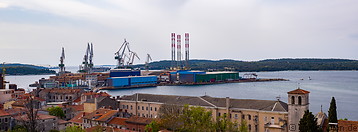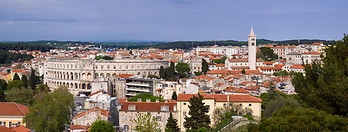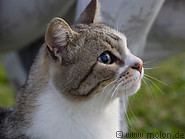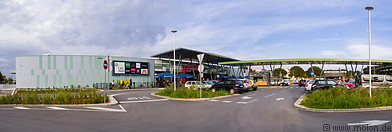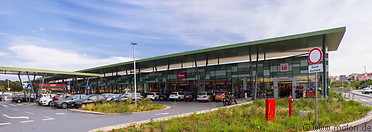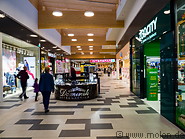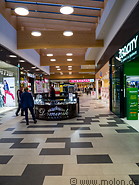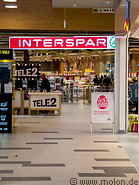 Pula is a Croatian city on the northern Adriatic, located close to the southern end of the Istria peninsula. It's a small city of 57000 inhabitants, but attracts a large number of tourists due to its rich history and attractive surroundings on the Adriatic sea.
Pula is a Croatian city on the northern Adriatic, located close to the southern end of the Istria peninsula. It's a small city of 57000 inhabitants, but attracts a large number of tourists due to its rich history and attractive surroundings on the Adriatic sea.The city has been inhabited since ancient times. It was conquered by the Romans in 177 BC, who developed it to a significant Roman port. Over the centuries the city was ruled by a number of powers. Between 1813 and 1918 Pula was part of the Austro-Hungarian empire and became the main naval base of the empire. Many Neoclassical buildings of Pula's historical core date back to the Austro-Hungarian period.
After World War War I Pula became part of the Kingdom of Italy and after World War II it was annexed by Yugoslavia. Since 1991 Pula has been part of Croatia.
The historic centre of Pula extends for about 500m from north to south and is centered around the Citadel from which there are good views over the harbour. The touristic highlight of Pula is the Roman amphitheatre. This is a very well preserved arena which was constructed between 27BC and 68 AD. It is built entirely out of local limestone and is nowadays used as a venue for concerts with seating for up to 20000 people.
The coast to the south and north of Pula consists of a multitude of bays and peninsulas with many beaches and nature areas. This area has plenty of tourist Accommodation (hotels, apartments) and is used for recreation, trekking and sports.
How to get to Pula
Pula has an international airport with flights to Zagreb and several European cities. It is also accessible by train and by hydrofoil from several Croatian cities and Venice. By car it takes 6-7 hours to cover the 621km between Pula and Munich, while from Milan it's a 5:40 hours drive (539km). Pula also has a modern bus station located immediately north of the old town with direct bus connections to Zagreb, Rijeka, Split, Trieste, Ljubljana, Belgrade and Venice.
Accommodation
There are countless hotels in Pula. These are mainly clustered round the old town and along the coastal area to the south of Pula. Most rooms are in apartments which can be rented.

